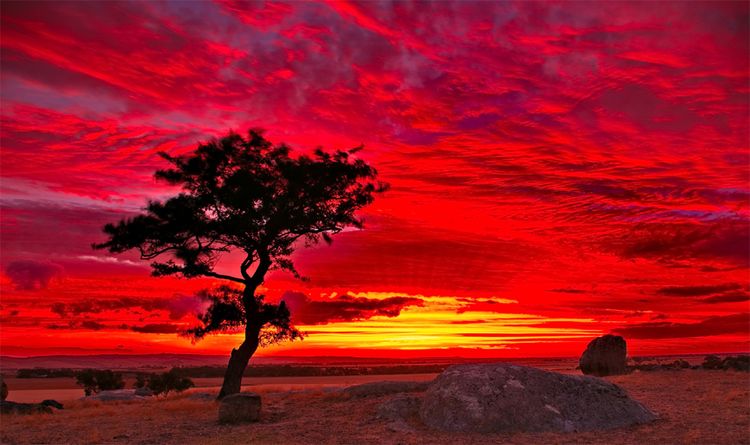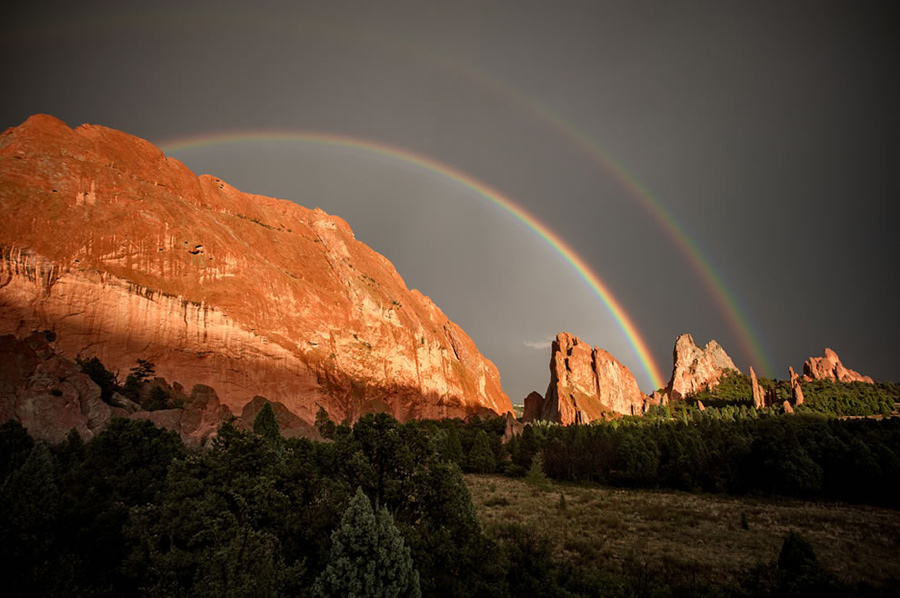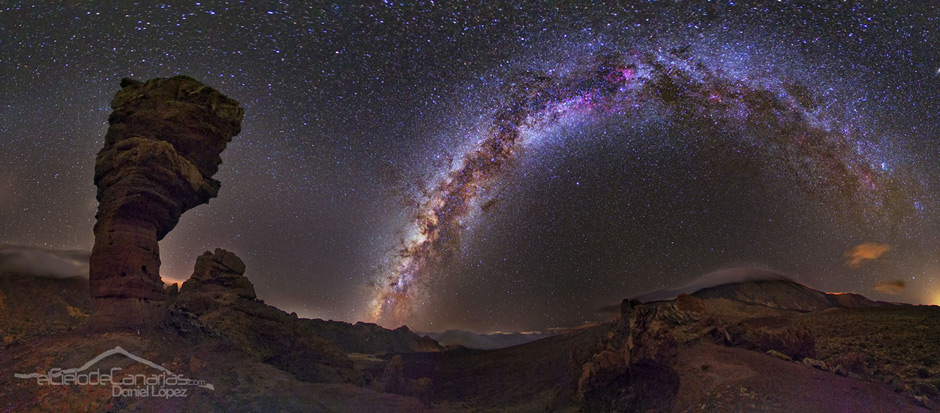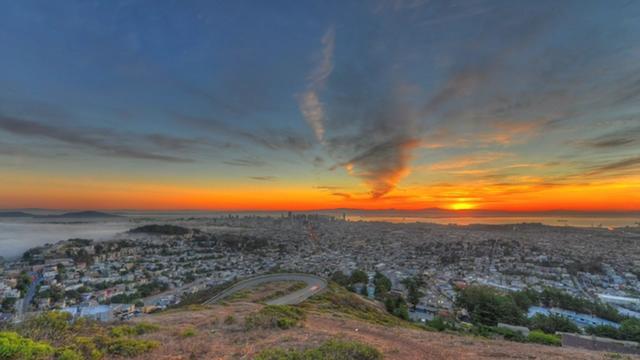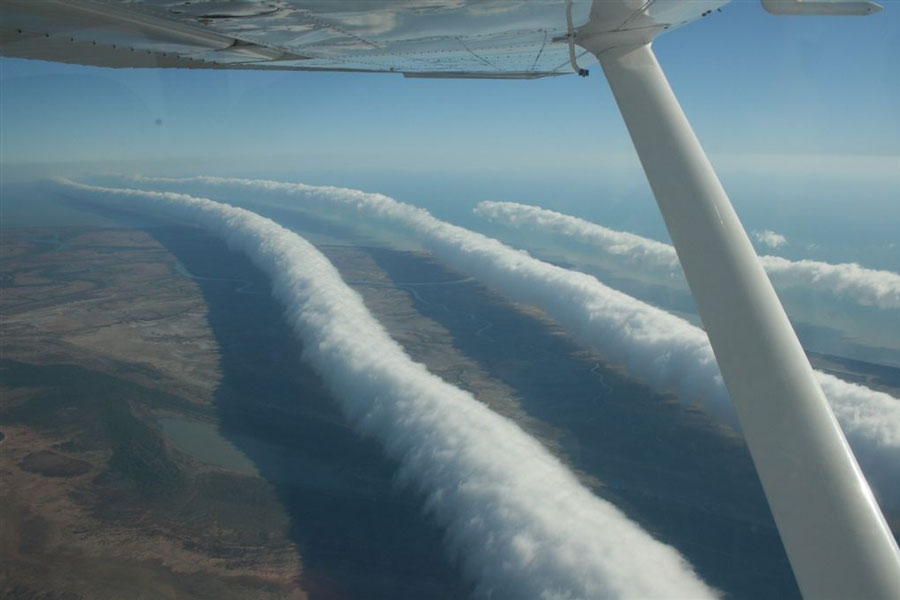Sunset at Dog Rocks
The glorious twilight sky above was captured at Dog Rocks, Batesford, near Geelong, Australia on January 18, 2013. I happened to be the only one here this evening and was treated to these gold and red hues just after the Sun dipped below the horizon. Mid-level clouds were positioned just right to reflect the reddened sunlight. Without clouds or aerosols of some kind, sunsets and sunrises are generally lackluster. Notice also the set of faintcrepuscular rays just to the right of the silhouetted juniper in the foreground.

